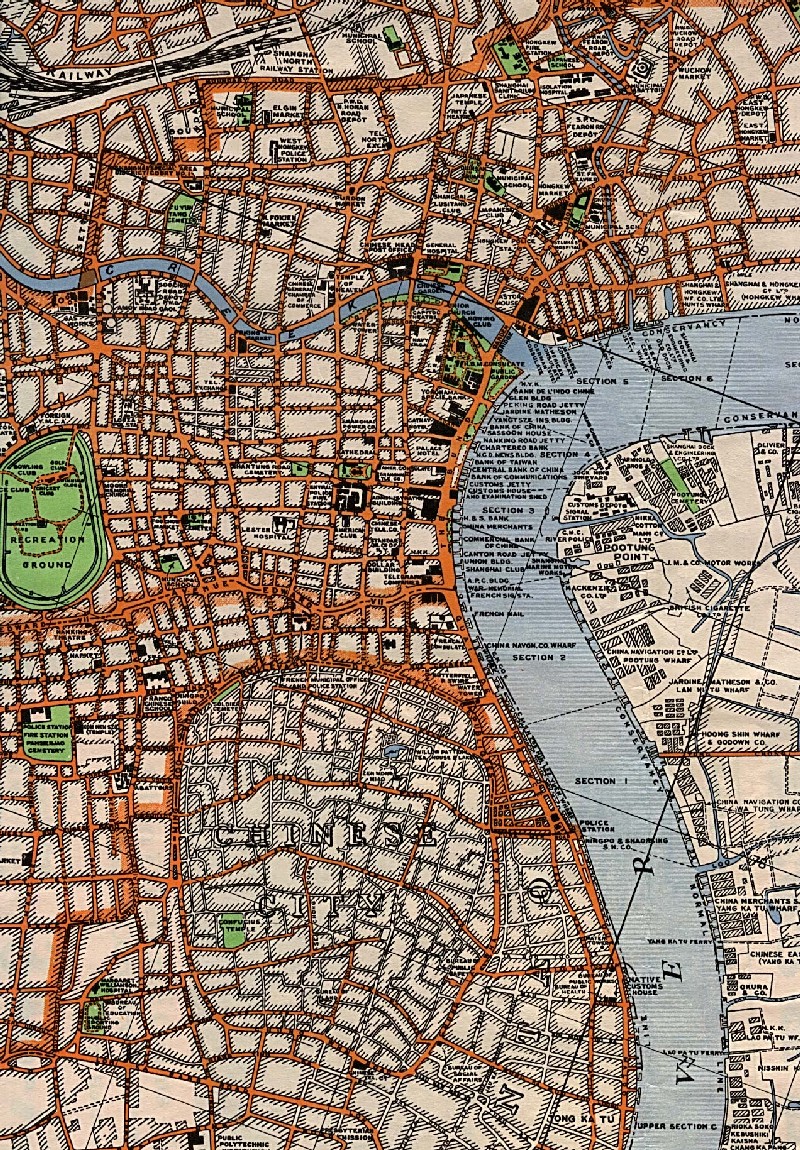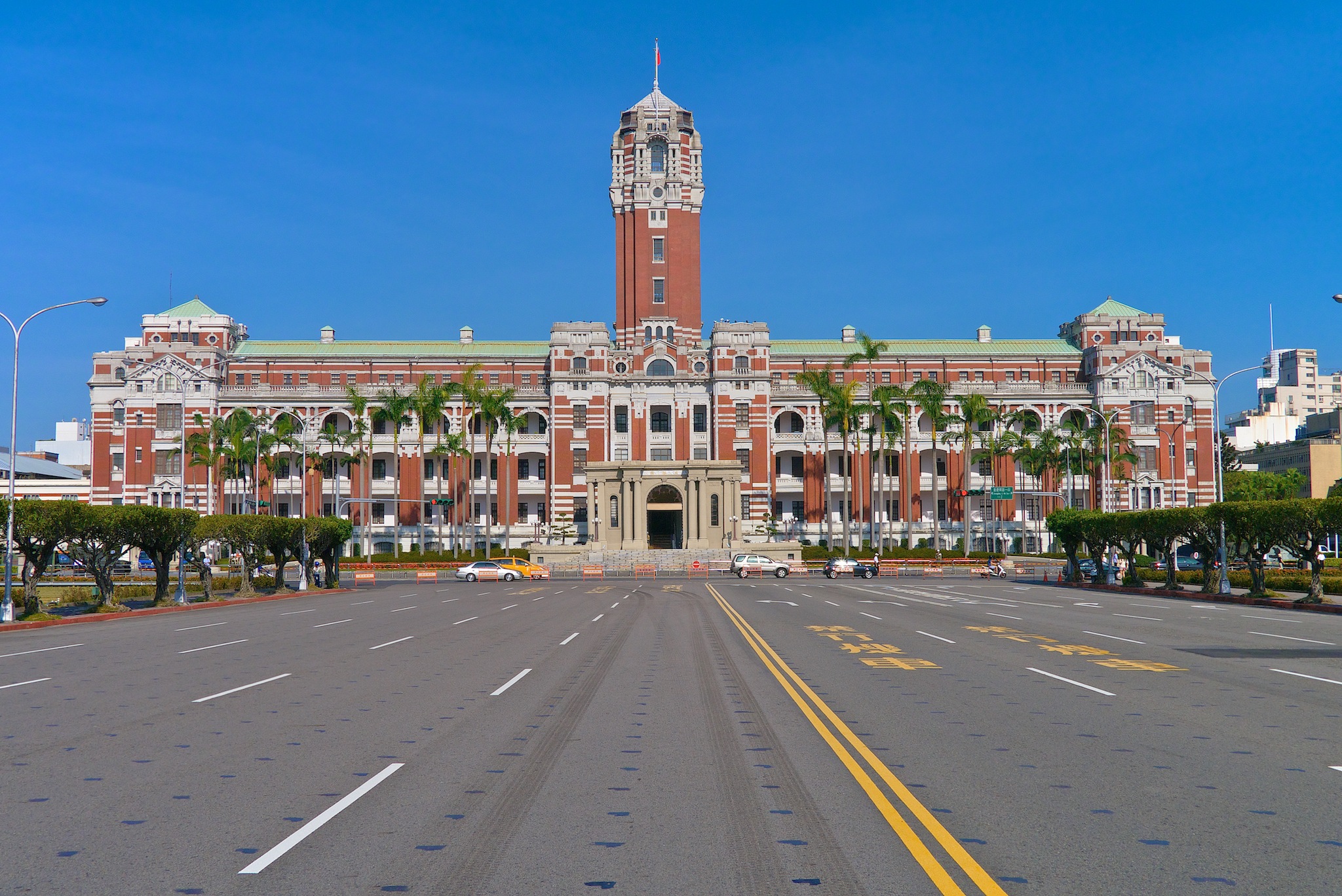|
Chungcheng
Zhongzheng or Chungcheng () is a common name for places, roads, schools or organizations in Chinese-speaking areas, though today predominantly in Taiwan. The majority of these places and things are named after Chiang Chung-cheng, the preferred given name of Chiang Kai-shek. As a result, when translating into English or other non-Chinese languages, it sometimes would be replaced by "Chiang Kai-shek" instead of simply by transliteration. The usual official romanization of this name is either "Zhongzheng" (using the hanyu pinyin system), or "Chungcheng" (using the older Wade-Giles system). The former spelling has been standard in Taiwan since 2009 and in mainland China since 1958. Between about 2002 and 2009 in Taiwan, the variant "Jhongjheng" (using the tongyong pinyin system) was also seen. Other variations, using informal transcriptions, sometimes omit either instance of the letter "''g''", or use "''u''" and "''o''" interchangeably. The two syllables ("''Zhong''" and "''zheng'' ... [...More Info...] [...Related Items...] OR: [Wikipedia] [Google] [Baidu] |
Chiang Kai-shek
Chiang Kai-shek (31 October 1887 – 5 April 1975), also known as Chiang Chung-cheng and Jiang Jieshi, was a Chinese Nationalist politician, revolutionary, and military leader who served as the leader of the Republic of China (ROC) from 1928 to his death in 1975 – until 1949 in mainland China and from then on in Taiwan. After his rule was confined to Taiwan following his defeat by Mao Zedong in the Chinese Civil War, he continued to head the ROC government until his death. Born in Chekiang (Zhejiang) Province, Chiang was a member of the Kuomintang (KMT), and a lieutenant of Sun Yat-sen in the revolution to overthrow the Beiyang government and reunify China. With help from the Soviets and the Chinese Communist Party (CCP), Chiang organized the military for Sun's Canton Nationalist Government and headed the Whampoa Military Academy. Commander-in-chief of the National Revolutionary Army (from which he came to be known as a Generalissimo), he led the Northern Expedition from ... [...More Info...] [...Related Items...] OR: [Wikipedia] [Google] [Baidu] |
Government Official
An official is someone who holds an office (function or mandate, regardless whether it carries an actual working space with it) in an organization or government and participates in the exercise of authority, (either their own or that of their superior and/or employer, public or legally private). An elected official is a person who is an official by virtue of an election. Officials may also be appointed '' ex officio'' (by virtue of another office, often in a specified capacity, such as presiding, advisory, secretary). Some official positions may be inherited. A person who currently holds an office is referred to as an incumbent. Something "official" refers to something endowed with governmental or other authoritative recognition or mandate, as in official language, official gazette, or official scorer. Etymology The word ''official'' as a noun has been recorded since the Middle English period, first seen in 1314. It comes from the Old French ''official'' (12th century), from t ... [...More Info...] [...Related Items...] OR: [Wikipedia] [Google] [Baidu] |
National Chung Cheng University
National Chung Cheng University (CCU; ) is a national university in Minxiong Township, Chiayi County, Taiwan. CCU is a member of the Association to Advance Collegiate Schools of Business. History National Chung Cheng University was the first public university established after Taiwan's economic boom of the 1980s. In 1986, in order to promote research and to develop higher education in the Yunlin, Chiayi and Tainan areas, the government approved a plan to establish a strongly research-oriented university in Chiayi. It was named after Chiang Kai-shek and officially founded on July 1, 1989. Lin Ching-Jiang (林清江) served as its first president. Faculties CCU is organized into seven colleges: Education, Engineering, Humanities, Law, Management, Sciences, and Social Sciences. The National Chung Cheng University Library is located on the Minxiong campus. Ranking The QS World University Rankings (2022) placed it at 801-1000th worldwide. Meanwhile, CCU ranked 1376th in the ... [...More Info...] [...Related Items...] OR: [Wikipedia] [Google] [Baidu] |
Yan'an Road
Yan'an Road (; Shanghainese: Yi'ue Lu) is a road in Shanghai, a major east–west thoroughfare through the centre of the city. The modern Yan'an Road is in three sections, reflecting three connected streets which existed pre-1945: Avenue Edward VII, Avenue Foch and the Great Western Road. The streets were joined together under a common name by the Republic of China (1912–1949), Republic of China government in 1945, then renamed in the early 1950s after the Chinese Communist Party took over Shanghai. The road is named after Yan'an, the Communist base during the Chinese Civil War. East Yan'an Road East Yan'an Road stretches from the southern end of the Bund (Shanghai), the Bund in the east to Xizang Road (near People's Square and the customary centre of urban Shanghai) in the west. Yan'an Road East follows the course of an ancient canal, the West Yangjing Bang (the East Yangjing Bang was on the east side of the Huangpu River; the two were more closely connected when the Huangpu ... [...More Info...] [...Related Items...] OR: [Wikipedia] [Google] [Baidu] |
Shanghai
Shanghai (; , , Standard Mandarin pronunciation: ) is one of the four direct-administered municipalities of the People's Republic of China (PRC). The city is located on the southern estuary of the Yangtze River, with the Huangpu River flowing through it. With a population of 24.89 million as of 2021, Shanghai is the most populous urban area in China with 39,300,000 inhabitants living in the Shanghai metropolitan area, the second most populous city proper in the world (after Chongqing) and the only city in East Asia with a GDP greater than its corresponding capital. Shanghai ranks second among the administrative divisions of Mainland China in human development index (after Beijing). As of 2018, the Greater Shanghai metropolitan area was estimated to produce a gross metropolitan product (nominal) of nearly 9.1 trillion RMB ($1.33 trillion), exceeding that of Mexico with GDP of $1.22 trillion, the 15th largest in the world. Shanghai is one of the world's major centers for ... [...More Info...] [...Related Items...] OR: [Wikipedia] [Google] [Baidu] |
Taoyuan Zhongzheng Arts And Cultural Business District
Taoyuan Zhongzheng Arts and Cultural Business District ( zh, 桃園中正藝文特區) is located on the north side of Taoyuan District, Taoyuan City, Taiwan. The total area of Taoyuan Zhongzheng Arts and Cultural Business District is 15.65 hectares. It was designed in the 2000s and developed from the 2010s onward, when Taoyuan City was still Taoyuan County. Taoyuan Zhongzheng Arts and Cultural Business District is one of the prime cultural and central business districts of Taoyuan City. Taoyuan's tallest buildings, such as ChungYuet Royal Landmark and ChungYuet World Center, are located within this area. Notable Buildings * Taoyuan Arts Center * ChungYuet Royal Landmark () * Taoyuan Main Public Library * ChungYuet World Center () * ChungYuet Global Business Building () Transportation Rail * Taoyuan Metro ** Green Line (under construction): Daxing W. Rd. Intersection and Taoyuan P. Arts Center(TPAC) Road * Taoyuan Interchange * Southern Taoyuan Interchange Gallery ... [...More Info...] [...Related Items...] OR: [Wikipedia] [Google] [Baidu] |
Zhongzheng District, Keelung
Zhongzheng District or Jhongjheng District () is a district of Keelung City, Taiwan. The district is the city seat of Keelung City. Geography Zhongzheng District includes Hoping Island ( 和平島) and the nearby Keelung Islet, as well as the more distant Pengjia Islet, Mianhua Islet and Huaping Islet. Pingfong Rock (), just east of Mianhua Islet, is the easternmost point under the actual control of Taiwan (ROC). Administrative divisions Zhongzheng District is made up of twenty-six urban villages: * Deyi (), Zhengyi/Jhengyi (), Xinyi/Sinyi (), Yizhong/Yijhong (), Gangtong (), Zhongchuan/Jhongchuan (), Zhengchuan/Jhengchuan (), Ruchuan (), Zhongsha/Jhongsha (), Zhengsha/Jhengsha (), Zhensha/Jhensha (), Shawan (), Jianguo (), Zhongbin/Jhongbin (), Seashore (''Haibin'') (), Sheliao (), Hexian/Hesian (), Pingliao (), Badou (), Bisha (), Changtan/Zhangtan (), Shazi/Shazih (), Zhongzheng/Jhongjheng (), Zhengbin/Jhengbin (), Xinfeng/Sinfong (), Xinfu/Sinfu Village () Government ins ... [...More Info...] [...Related Items...] OR: [Wikipedia] [Google] [Baidu] |
Zhongzheng District
Zhongzheng District (also Jhongjheng District) is a District (Taiwan), district in Taipei. It is home to most of the national government buildings of the Taiwan, Republic of China (Taiwan), including the Presidential Office Building, Taipei, Presidential Office, the Executive Yuan, the Control Yuan, the Legislative Yuan, the Judicial Yuan and various government ministries. Overview The district is named after Generalissimo and the late President of the Republic of China Chiang Kai-shek. This district has many cultural and educational sites including the Taipei Botanical Garden, the National Taiwan Museum, the National Museum of History, the National Central Library, National Theater and Concert Hall (Taiwan), National Theater and Concert Hall and the Taiwan Film and Audiovisual Institute. Other museums include the Chunghwa Postal Museum, the Taipei City Traffic Museum for Children, and the Taipei Museum of Drinking Water. Much of the Qing dynasty, Qing-era city of Walls of Ta ... [...More Info...] [...Related Items...] OR: [Wikipedia] [Google] [Baidu] |
Tongyong Pinyin
Tongyong Pinyin () was the official romanization of Mandarin in Taiwan between 2002 and 2008. The system was unofficially used between 2000 and 2002, when a new romanization system for Taiwan was being evaluated for adoption. Taiwan's Ministry of Education approved the system in 2002, but its use was optional. Since 1 January 2009, the Ministry of Education has officially promoted Hanyu Pinyin (per decision on 16 September 2008); local governments would "not be able to get financial aid from the central government" if they used Tongyong Pinyin-derived romanizations. After this policy change, Tongyong Pinyin has been used for the transliteration of some place names and personal names in Taiwan (Republic of China). Some of the romanized names of the districts, subway stations and streets in Kaohsiung, Tainan, Taichung, Yunlin County and other places are derived from Tongyong Pinyin for example, Cijin District (, ''Cíjin Cyu''). History The impetus behind the invention of Tongyong ... [...More Info...] [...Related Items...] OR: [Wikipedia] [Google] [Baidu] |
Mandarin Phonetic Symbols II
Mandarin Phonetic Symbols II ( zh, t= ), abbreviated MPS II, is a romanization system formerly used in the Republic of China (Taiwan). It was created to replace the complex tonal-spelling Gwoyeu Romatzyh, and to co-exist with the popular Wade–Giles (romanization) and Zhuyin (non-romanization). It is sometimes referred to as Gwoyeu Romatzyh 2 or GR2. History Based on the earlier and more complex Gwoyeu Romatzyh, the tentative version of MPS II was released on May 10, 1984, by the Taiwanese Ministry of Education. After two years of feedback from the general public, the official version was established on January 28, 1986. To distinguish Zhuyin from the Mandarin Phonetic Symbols II ("Mandarin Zhuyin Symbols II"), the first Zhuyin is officially called "Mandarin Phonetic Symbols I" (). Despite its official status for almost two decades until it was replaced by Tongyong Pinyin in 2002, MPS II existed only in some governmental publications (such as travel brochures and dictio ... [...More Info...] [...Related Items...] OR: [Wikipedia] [Google] [Baidu] |






